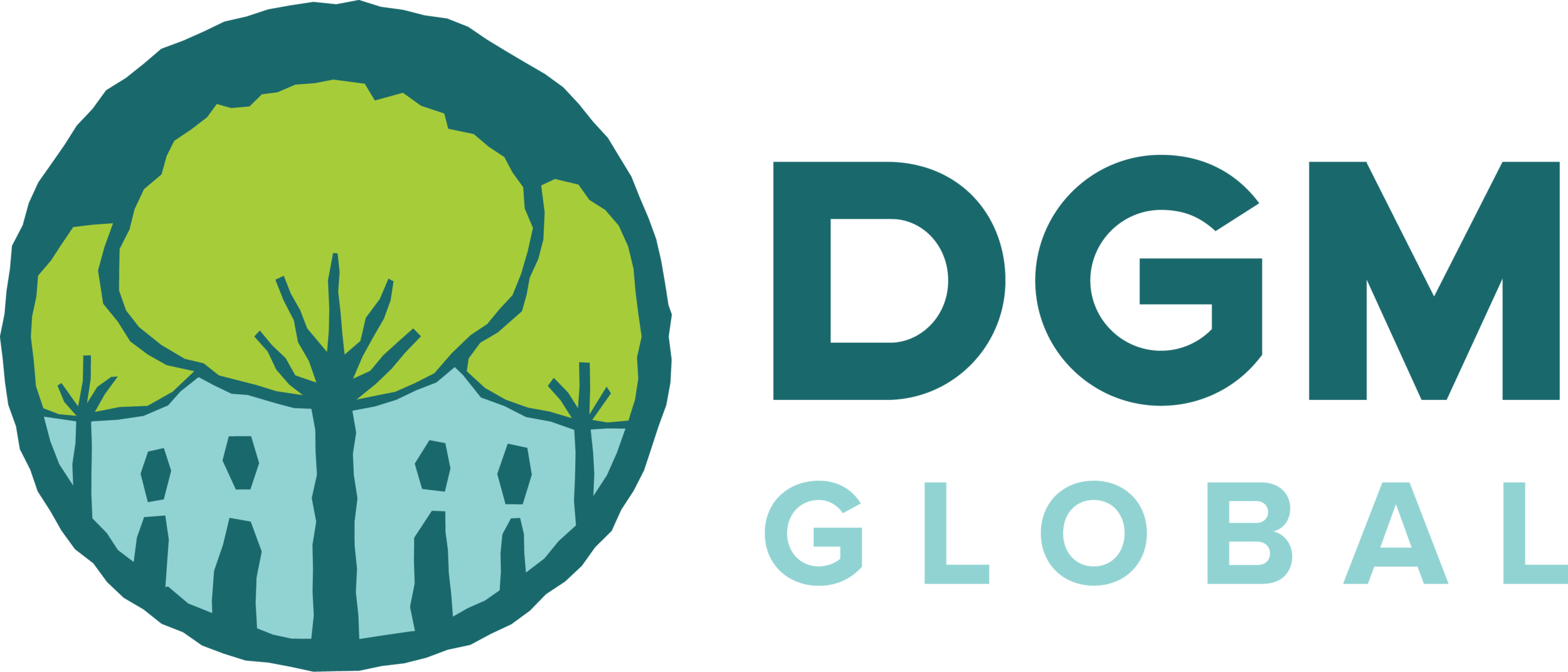Land Titling, Food Sovereignty and Climate Change in DGM Projects
DGM Global cannot guarantee the accuracy of Google translations. In case of discrepancies, the original language takes precedence.
Contributed by: Johnson Cerda, Director of the Global Executing Agency for the DGM
Editor’s note: In honor of International Day of the World’s Indigenous People on August 9, we will be sharing a series of three DGM Global blogs, highlighting experiences from the Dedicated Grant Mechanism for Indigenous Peoples and Local Communities (DGM). Learn the critical role indigenous peoples and local communities play in ensuring ecosystems are managed sustainably.
Every year, the Global Project of the DGM organizes regional exchanges in Latin America, Africa, and Asia so that the beneficiaries of the program can share best practices and exchange experiences. From June 11-15, we organized the second annual Americas Regional Exchange in Satipo, Selva Central of Perú.
This meeting was especially notable as members of the Asháninka people, and DGM beneficiaries in the Pampamichi and Palomar communities of Selva Central, shared with indigenous leaders their experiences implementing initiatives with DGM funds, such as the DGM Saweto. DGM Saweto is an initiative designed by the Interethnic Association of the Peruvian Amazon (AIDESEP) and Confederation of Amazonian Nationalities of Peru (CONAP) to assist the process of titling indigenous lands and territories.
Why is the titling of indigenous lands and territories important?
As indicated by the indigenous leaders of the Selva Central, the titling of indigenous lands allows for the reduction of socio-environmental conflicts, deforestation and as such, decreases greenhouse gas emissions and strengthens the food sovereignty of indigenous peoples.
During our visit to the Asháninka Community of Pampa Michi, I had the opportunity to talk to Lizardo Cauper (President of AIDESEP), who commented that indigenous peoples have a long history of demanding land and territory recognition in Peru. Thus far, 12 million hectares have been recognized and an additional 20 million hectares are expected to be titled in the coming years. In this regard, AIDESEP is working on several fronts – with the support of UNDP and the PTRT-3 Project – to facilitate this process. However, Lizardo Cauper noted that one of the primary mechanisms that has improved the agility of the process is the DGM Saweto project, which has advanced not only the titling and recognition of indigenous territories and communities, but also the implementation of alternative economic subprojects.
One example of this improved process is evident through Central Asháninka del Rio Tambo (CART).
Established as an indigenous organization in 1979, CART’s first goal was to "defend its territory" against the invasion of settlers, as Fabian Antúnez (President of CART and member of CONAP) explained to me during the DGM Regional Exchange. They have titled 600,000 hectares so far, and – with funds provided by DGM Saweto – are aspiring to reach 12,159 hectares by 2018 and about 22,000 hectares by 2019. There are still a remaining 10,500 hectares to be legalized by 2020.
An important key element in the titling and recognition of indigenous lands is how the technical team of the DGM Saweto project has been coordinating with local officials of the regional and national government to achieve the goals of the program. DGM Saweto has made possible the recognition and titling of these communities by contributing to the costs of bringing public officials directly to the communities, a necessary step to prepare the reports required for land recognition and titling.
What used to take up to 30 years has now been reduced to six months.
What comes after land titling?
Lyndon Pishagua (President of the Regional Association of Indigenous Peoples of the Selva Central (ARPI-SC) and member of AIDESEP) recognizes the need to strengthen indigenous economies. The communities of the area have decided to use the funds of the DGM Saweto for programs such as experiential tourism, cocoa processing and fish farms. A pending issue is the search for outside markets to connect the various sustainable productive initiatives of the communities.
Asháninka community leader of Pampa Michi (left) and President of ARPI-SC Lyndon Pishagua (right) amongst the crowd of participants of the 2nd DGM Regional America's Exchange during the visit to the native Asháninka community of Pampa Michi.
Pampamichi is an Asháninka community that only has 200 hectares, but as Jadder Lewis – the Nicaraguan representative of the Misquito people – observed during this exchange, "More than anything else, what this community has is identity.” They have managed to succeed in their experiential tourism initiative, despite facing pressure from two surrounding cities, La Merced and Perene.
Indigenous leaders also pointed out the importance of food security/sovereignty. While visiting the El Palomar Asháninka community, they offered us an exquisite and varied meal based on local products, such as plantain, sweet potatoes, cassava, fish and deer. Fabian Antúnez emphasized that their ability to provide these products is a result of the ownership over their land and that sustainable indigenous agriculture must be strengthened to support local productive economic activity and avoid expansive agriculture. One very active Asháninka woman shared her vision and that of the women’s participation in productive community activities.
The message from indigenous community leaders is clear: titling does not merely end with the recognition of their lands and territories, but with an eventual plan for food sovereignty and a strong indigenous economy.
Next week, Milagros Sandoval (Senior Manager, Environmental Policy) will share lessons learned from the Awajún people on sustainable land use management. Stay tuned!

